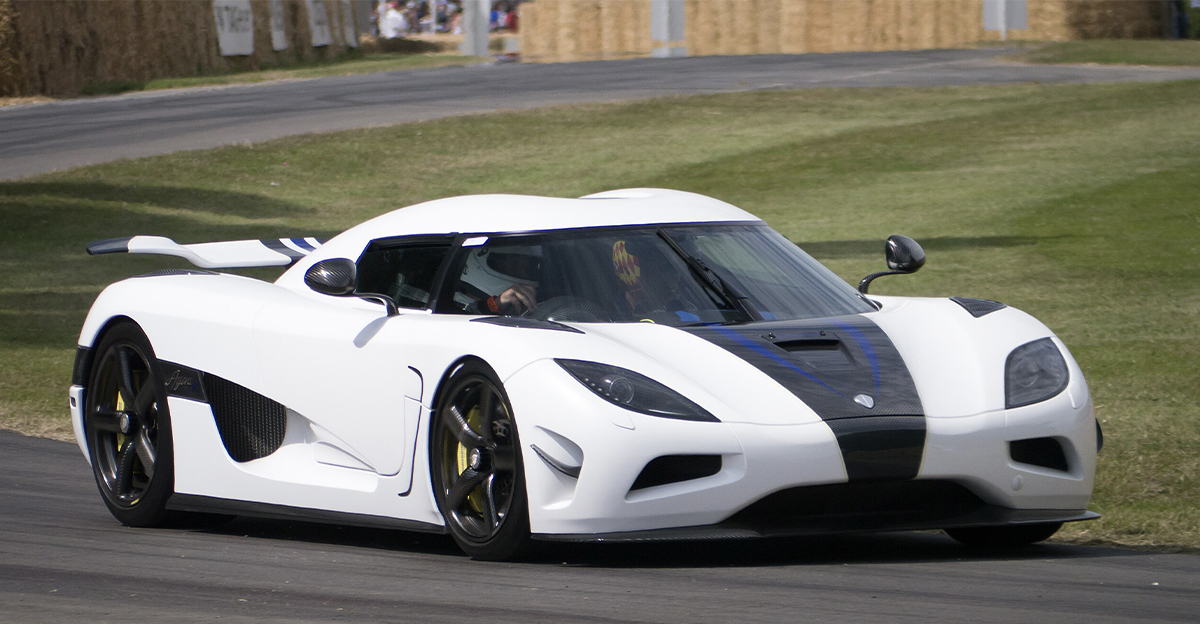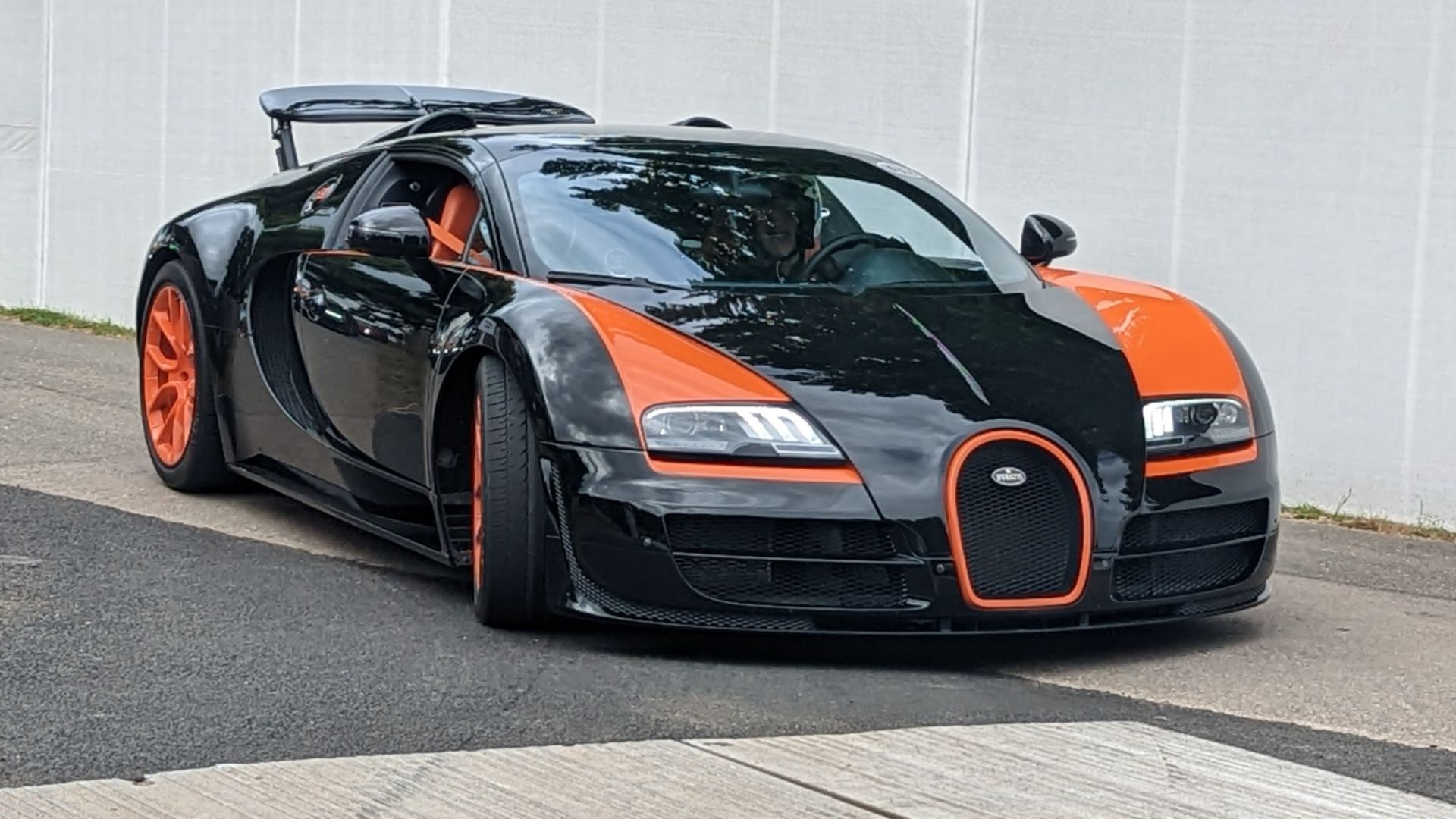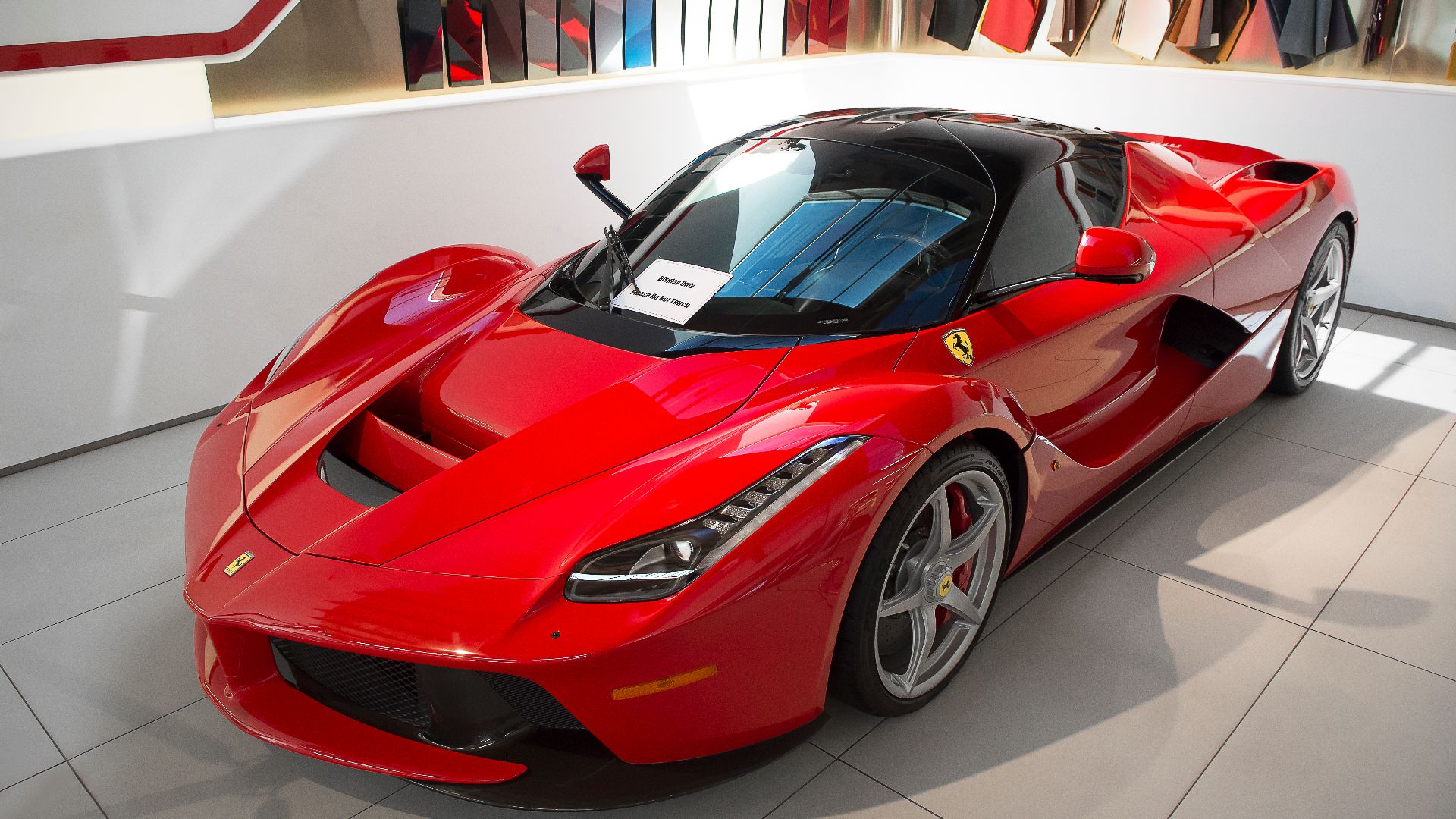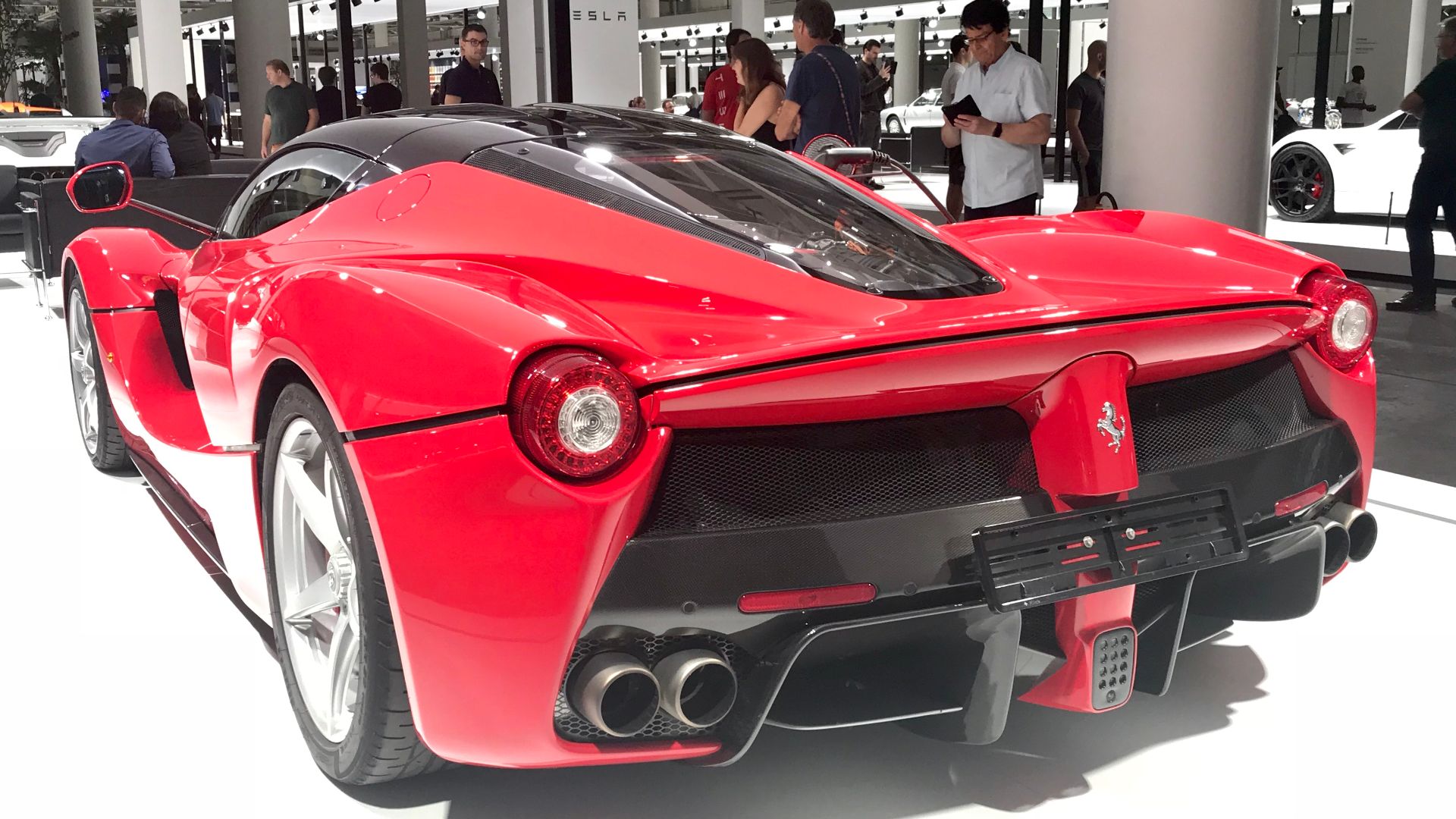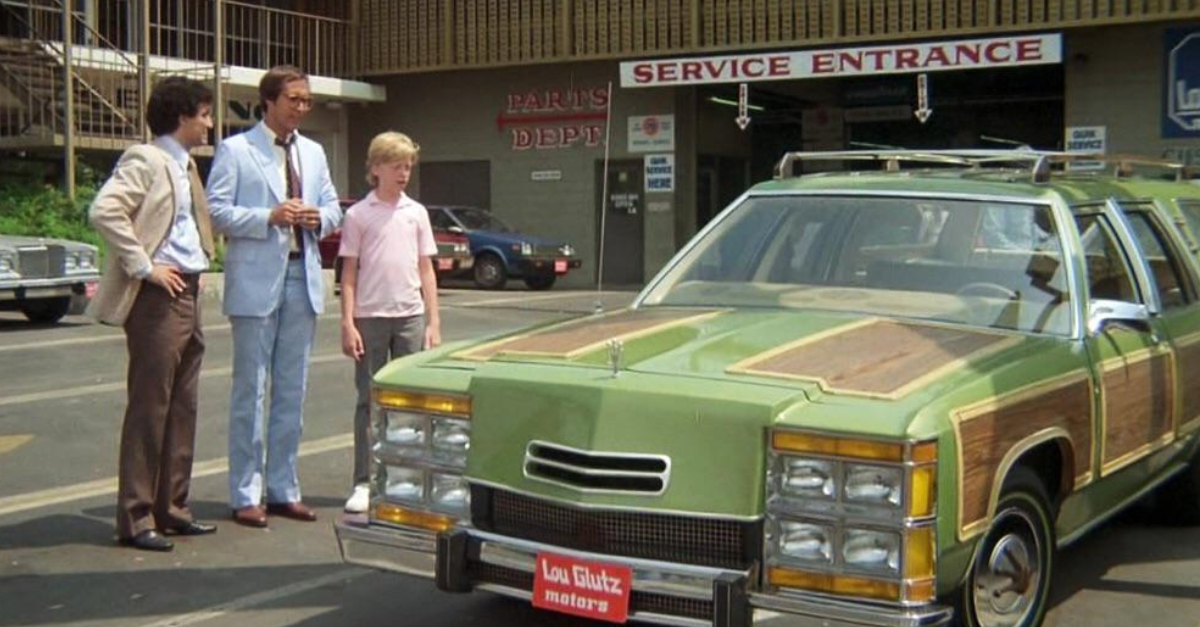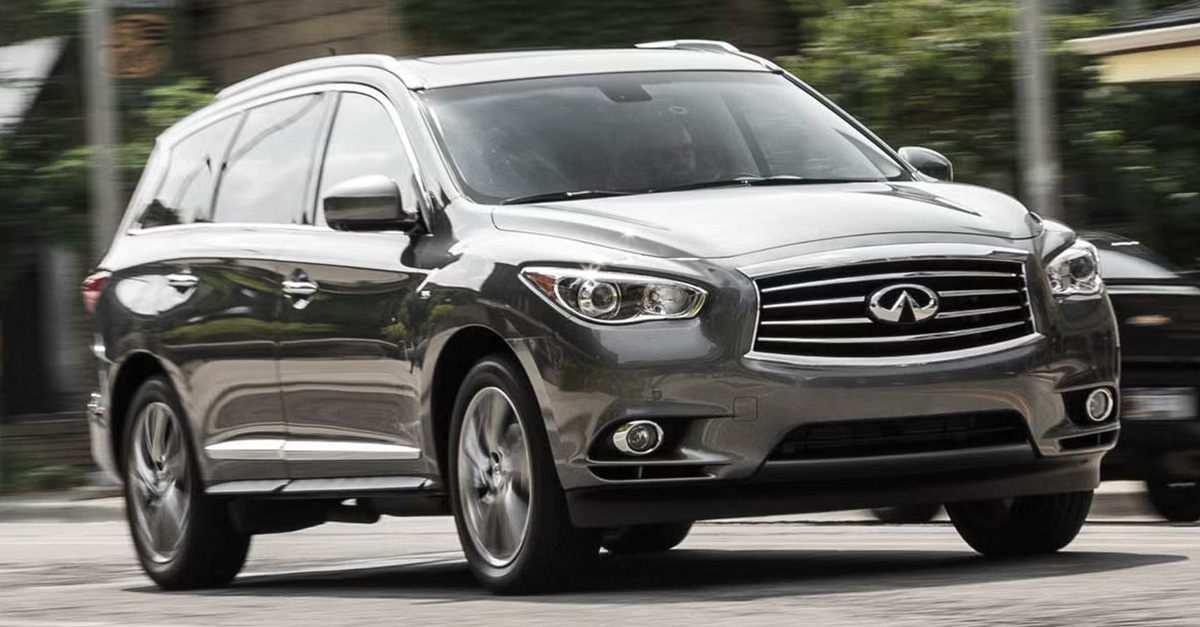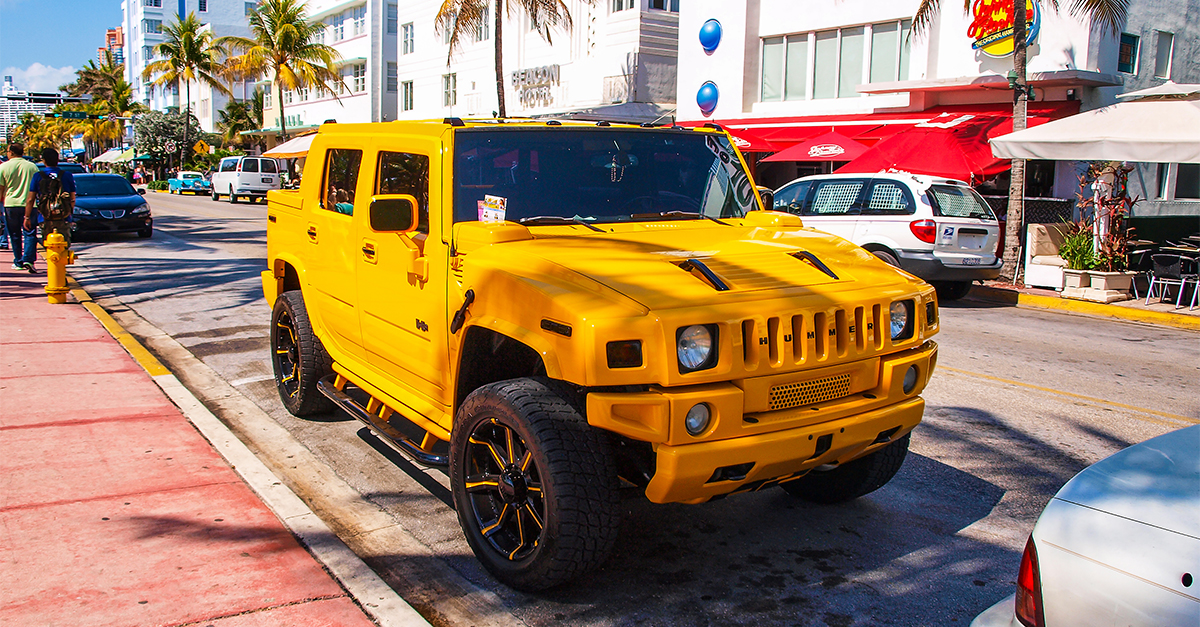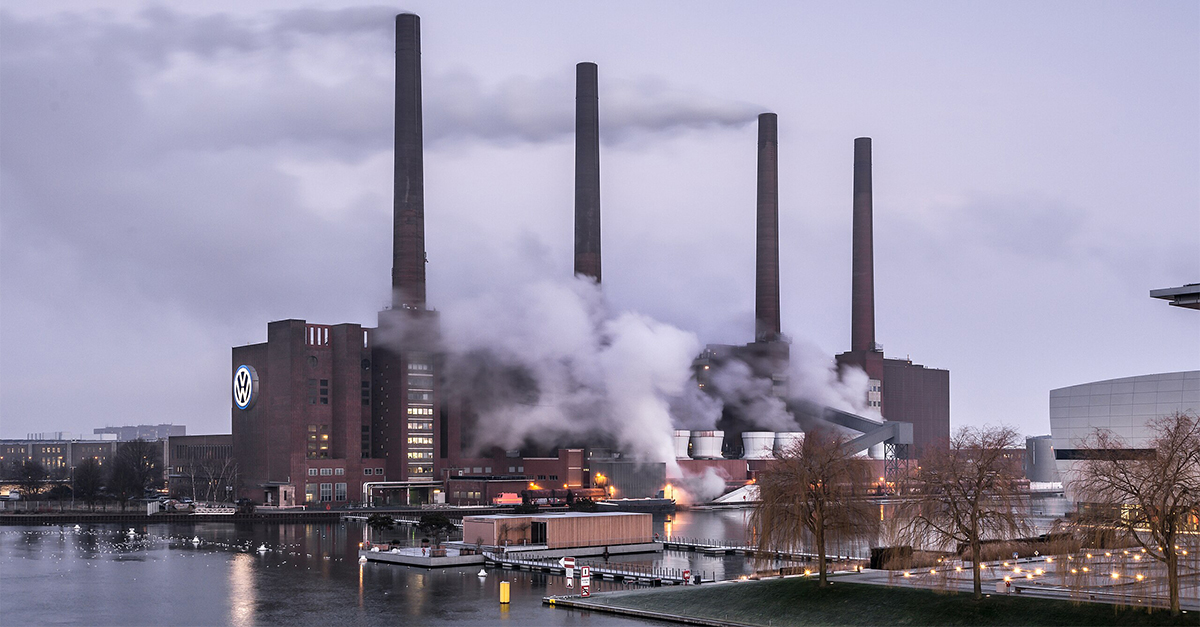The Need For Speed
In the world of supercars, “fast” is never fast enough. For years, manufacturers have been pushing the limits of engineering, design, and daring in an effort to create cars that not only turn heads but also set records. From blistering top speeds to mind-bending acceleration times, these supercars that didn’t just break records—they demolished them.
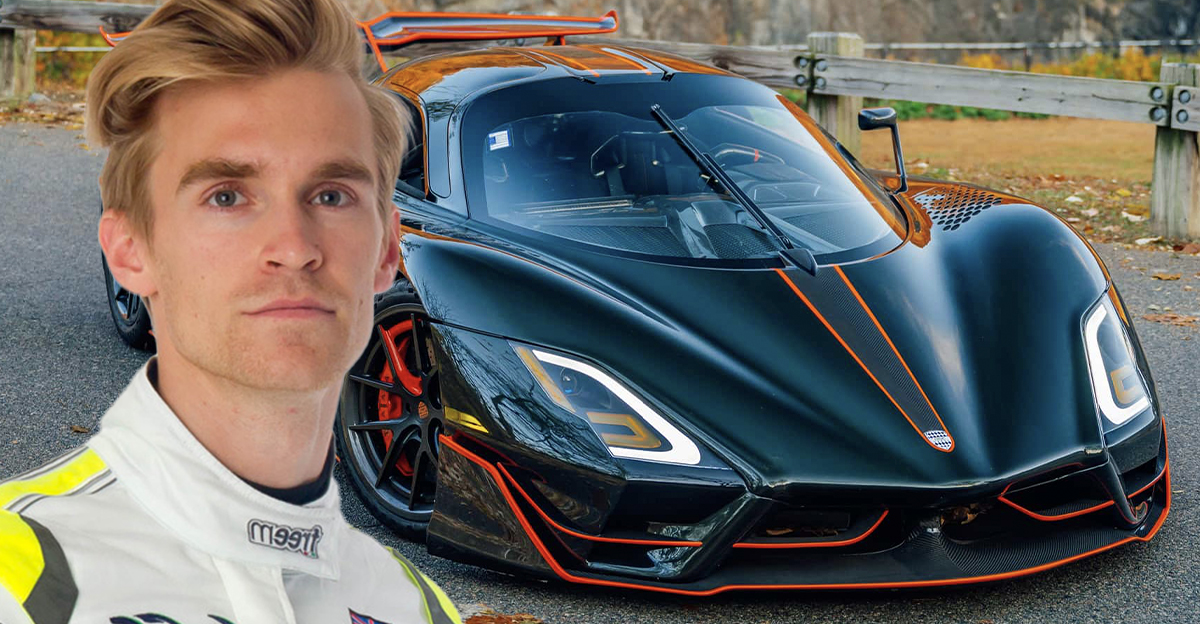
Bugatti Veyron Super Sport: The Top Speed King (2010)
When it initially debuted, the Bugatti Veyron Super Sport was pure fantasy. Its W16 8.0-liter, four-turbocharged engine churned a whopping 1,200 horsepower. It finally became the world's fastest production car in 2010, achieving a staggering 267.8 mph (430.9 km/h). Specifically developed for stability at high speeds, with new aerodynamics and improved cooling, The Veyron Super Sport was a statement to the world: Bugatti could make speed like no one else.
Bugatti Veyron Super Sport (Cont'd)
This wasn't only a win for Bugatti—it was an awakening for the competition. The Super Sport showed that comfort, luxury, and crazy performance were possible in the same car. It also rekindled the top-speed wars between makers, planting seeds for the hypercar wars that would be the defining aspect of the next decade.
Koenigsegg Agera RS: The Speed Record Slayer (2017)
Koenigsegg was always the outsider, but in 2017, the Swede took the top. The Agera RS recorded an average top speed of 277.9 mph (447.2 km/h) on a closed Nevada highway, officially crowning the record away from Bugatti. With a twin-turbo V8 that produces 1,341 horsepower, the Agera RS was not just fast in a straight line — it was a rocket in acceleration, accelerating from 0–249–0 mph in just 33.29 seconds. That's not just fast; that's science fiction on the brink.
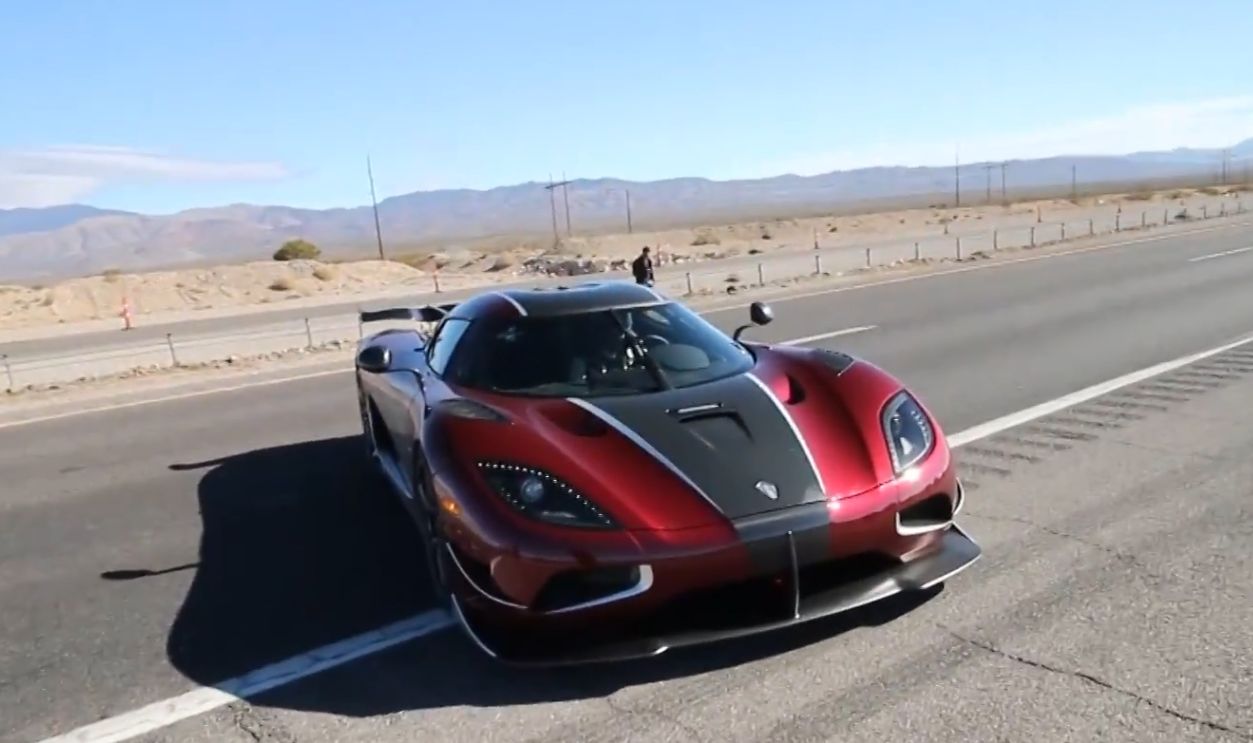 Insane Koenigsegg Agera RS Breaks TOP SPEED WORLD RECORD!!!, TheStradman
Insane Koenigsegg Agera RS Breaks TOP SPEED WORLD RECORD!!!, TheStradman
Koenigsegg Agera RS (Cont'd)
The Agera RS wasn’t backed by a century-old luxury brand; it came from a small company with fewer than 300 employees at the time. It proved that innovation and precision engineering could rival, and even beat, the biggest names in the industry. Koenigsegg didn’t just break the record, they smashed it with style.
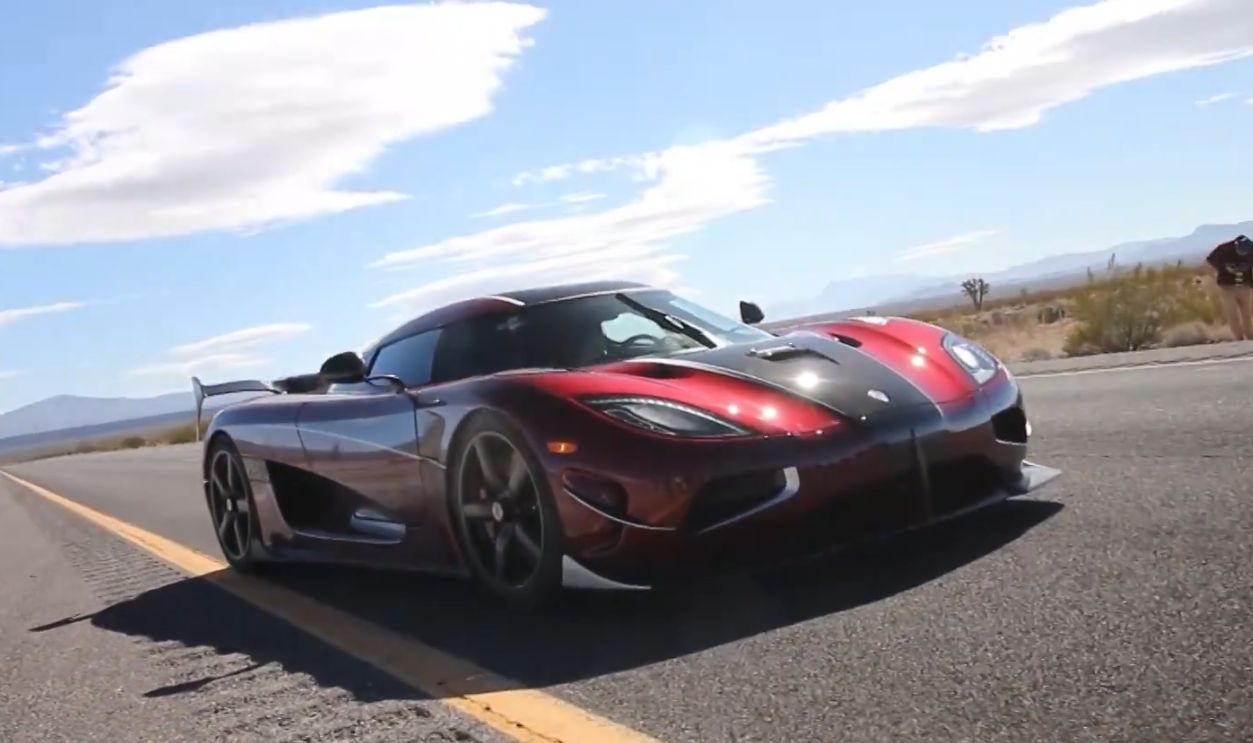 Insane Koenigsegg Agera RS Breaks TOP SPEED WORLD RECORD!!!, TheStradman
Insane Koenigsegg Agera RS Breaks TOP SPEED WORLD RECORD!!!, TheStradman
McLaren F1: The 90s Speed Legend (1993)
Long before the Bugattis and Koenigseggs were fighting it out, there was the McLaren F1. Its naturally aspirated BMW-derived 6.1-liter V12 produced 618 horsepower—modest by today's measures, but revolutionary in 1993. The F1's top speed? 240.1 mph (386.4 km/h), making it the planet's fastest production vehicle for well over a decade. It was also the first road car featuring a full carbon fiber monocoque chassis, so it was equal parts technological marvel and speed freak.
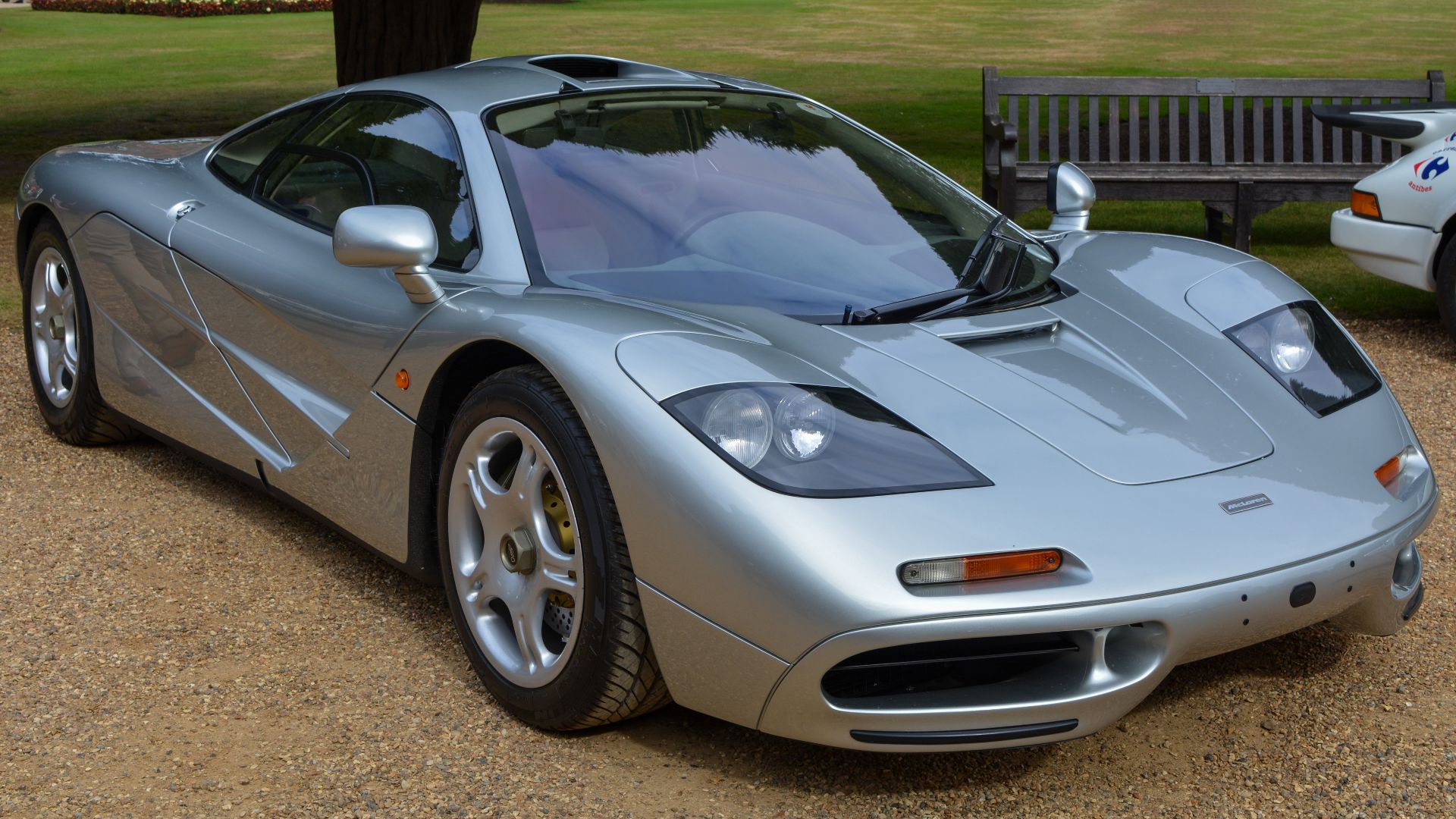 Chelsea Jay, Wikimedia Commons
Chelsea Jay, Wikimedia Commons
McLaren F1 (Cont'd)
The McLaren F1 subsequently set the benchmark against which performance cars were judged in the 90s, influencing design and engineering for the next decades. It proved that aerodynamics and light weight were as important as raw power. It is now one of the most desirable cars ever made, and it currently fetches over $20 million at sale.
Porsche 918 Spyder: Nürburgring Hybrid Record (2013)
In 2013, the Porsche 918 Spyder broke the 7-minute lap barrier at the Nürburgring Nordschleife, the first production car to do so, completing the lap in 6 minutes, 57 seconds. Its hybrid engine—a 4.6-liter V8 unit paired with two electric motors—produced 887 horsepower. Its record-breaking performance proved that hybrids could be high-performance cars, and not merely environmentally-friendly commuter cars.
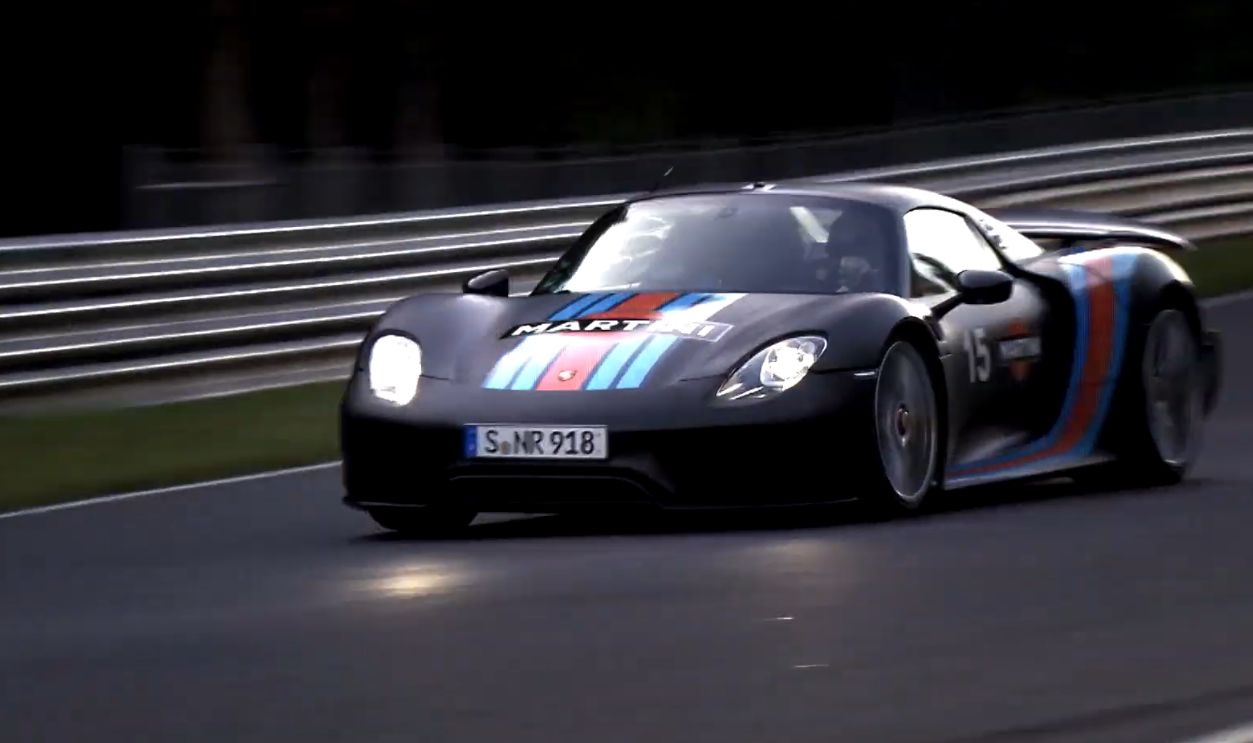 Porsche 918 Spyder 2013 Nurburgring record run, Motor1
Porsche 918 Spyder 2013 Nurburgring record run, Motor1
Porsche 918 Spyder (Cont'd)
The 918 Spyder bridged the gap between greentech and pure performance. Its lap time forced other manufacturers to rethink their approach to hybrid systems, paving the way for today's electrified supercars. It wasn't just about being fast, it was about changing minds.
 Porsche 918 Spyder 2013 Nurburgring record run, Motor1
Porsche 918 Spyder 2013 Nurburgring record run, Motor1
Rimac Nevera: Electric Speed Monster (2022)
Croatian carmaker Rimac stunned the automotive world with the Nevera, an electric hypercar that produces 1,914 horsepower. In 2022, it was the quickest electric production vehicle, with a top speed of 258 mph (412 km/h). And it broke some acceleration benchmarks, among them 0–60 mph in 1.74 seconds. That is faster than your brain can totally process what's happening.
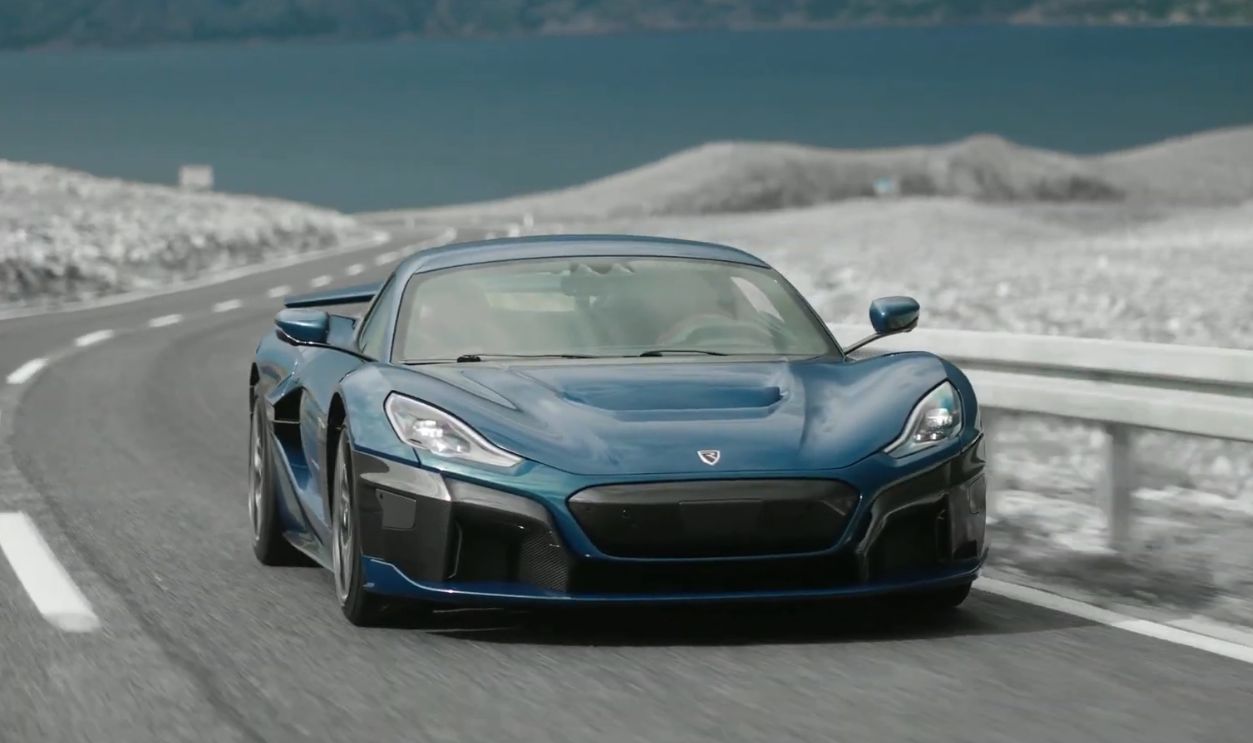 2022 Rimac Nevera – a $2 4 m, 1,914 hp, 258 mph Electric Hypercar, 4Drive Time
2022 Rimac Nevera – a $2 4 m, 1,914 hp, 258 mph Electric Hypercar, 4Drive Time
Rimac Nevera (Cont'd)
The Nevera proved that when it comes to electric cars, the future is now. Rimac proved that EVs can offer not only comparable but even better performance to traditional combustion supercars, revolutionizing the hypercar game forever.
 2022 Rimac Nevera – a $2 4 m, 1,914 hp, 258 mph Electric Hypercar, 4Drive Time
2022 Rimac Nevera – a $2 4 m, 1,914 hp, 258 mph Electric Hypercar, 4Drive Time
Lamborghini Aventador SVJ: Nürburgring Hero (2018)
In 2018, Lamborghini’s Aventador SVJ snatched the Nürburgring production car lap record with a time of 6 minutes, 44.97 seconds. Powered by a naturally aspirated 6.5-liter V12 producing 759 horsepower, it was raw, loud, and unapologetically aggressive. Advanced aerodynamics, particularly the ALA (Aerodinamica Lamborghini Attiva) active aero system, helped the SVJ grip the track like few cars before it.
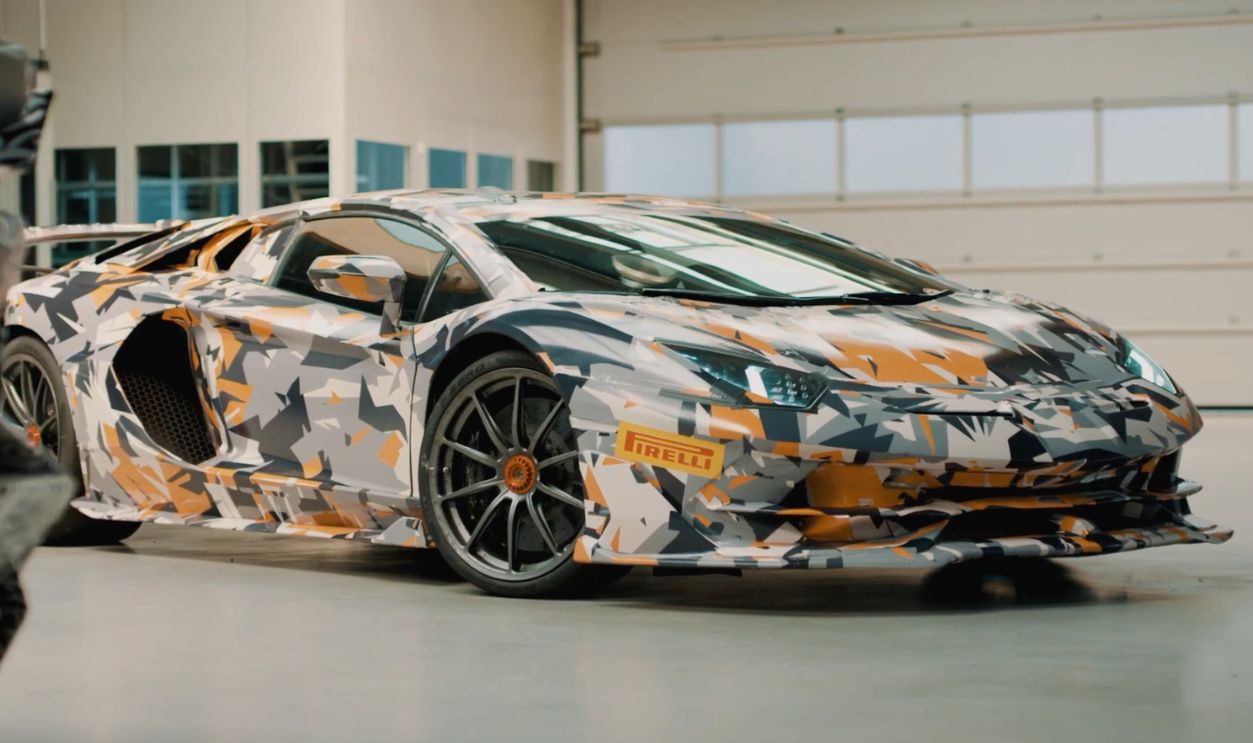 Aventador SVJ meets the Nurburgring, Lamborghini
Aventador SVJ meets the Nurburgring, Lamborghini
Lamborghini Aventador SVJ (Cont’d)
This was Lamborghini showing the world they could dominate not just in looks but in performance as well. The SVJ's record placed it in the history books and proved that naturally aspirated powerplants remained on par with turbocharged and hybrid competition.
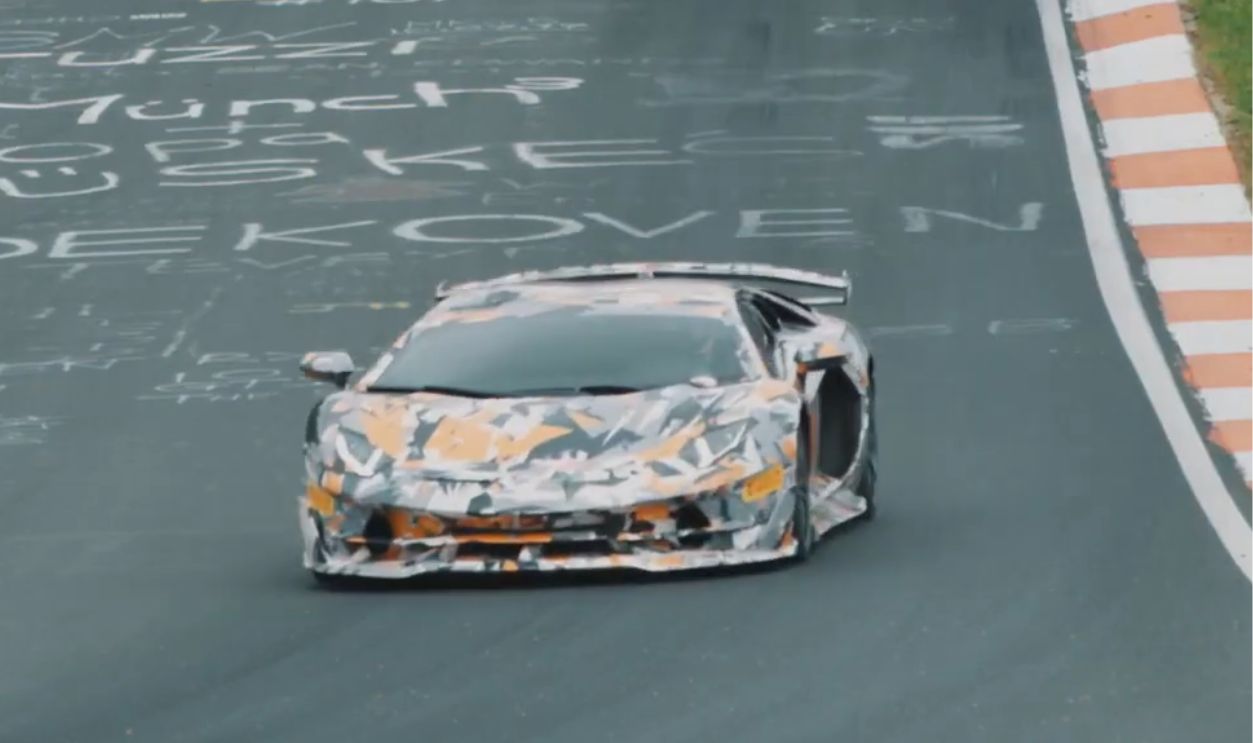 Lamborghini Aventador SVJ - Nurburgring Lap Record (INSANE FAST), AUTO TV
Lamborghini Aventador SVJ - Nurburgring Lap Record (INSANE FAST), AUTO TV
Bugatti Chiron Super Sport 300+: The 300 MPH Barrier (2019)
In 2019, Bugatti stunned the world when the Chiron Super Sport 300+ broke the 300 mph barrier as a production vehicle, achieving the speed of 304.773 mph (490.484 km/h). It boasted an 8.0-liter quad-turbo W16 motor that produced 1,578 horsepower, and its stretched "longtail" design helped increase stability at high speed.
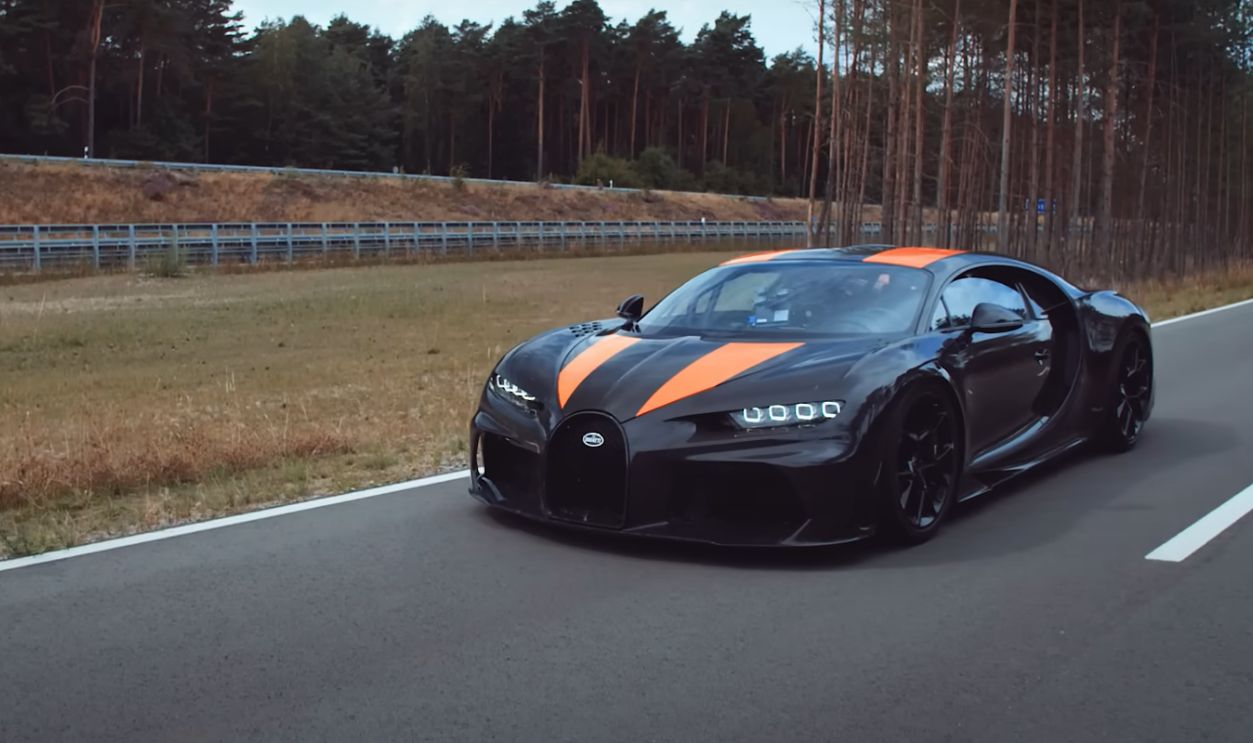 BUGATTI Chiron breaks through magic 300mph barrier, Bugatti
BUGATTI Chiron breaks through magic 300mph barrier, Bugatti
Bugatti Chiron Super Sport 300+ (Cont'd)
Breaking beyond 300 mph wasn't just about egos, it was also a psychological hurdle, like the four-minute mile in sports. Bugatti showed that record-breaking speeds were still achievable in an era that cared more for efficiency and safety.
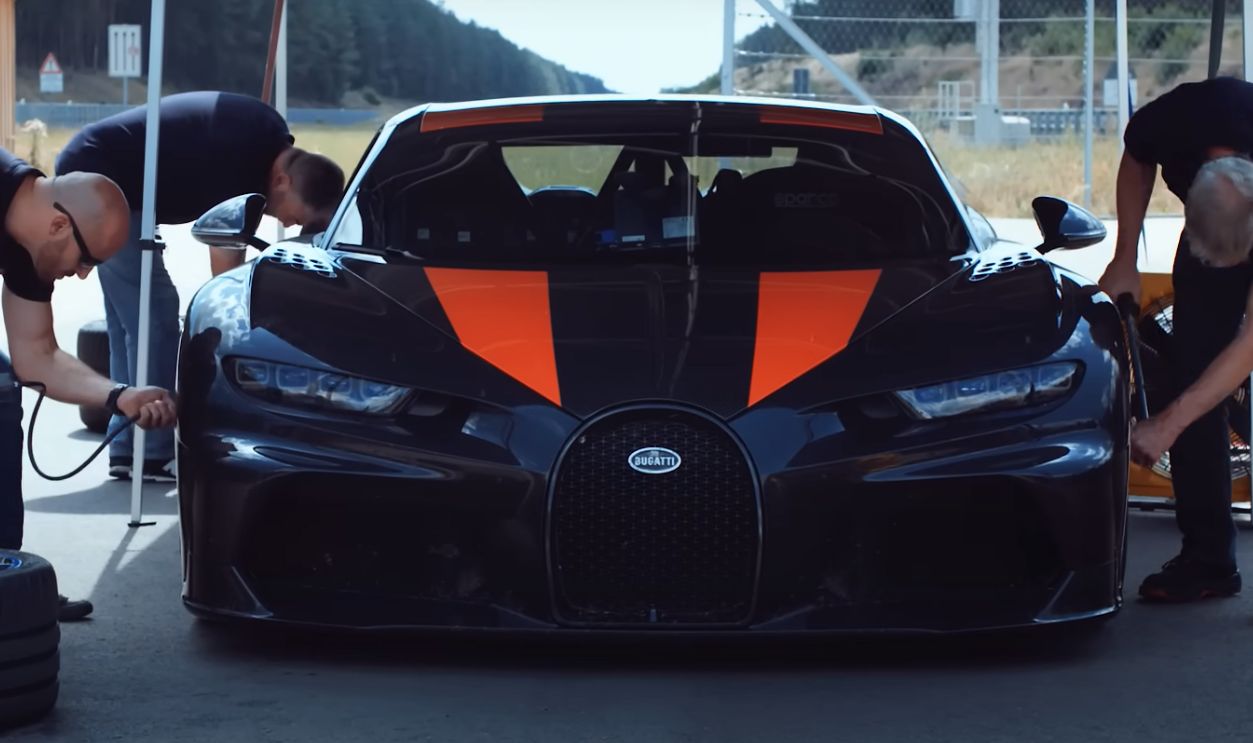 BUGATTI Chiron breaks through magic 300mph barrier, Bugatti
BUGATTI Chiron breaks through magic 300mph barrier, Bugatti
Hennessey Venom GT: Texas-Built Rocket (2014)
The Hennessey Venom GT may have looked like a stretched Lotus, but it was equipped with a 1,244-horsepower twin-turbo V8 that ran it through the tape at 270.49 mph (435.31 km/h) in 2014. Even though its try was not officially ratified due to the one-way nature of the attempt, it was enough to cement the Venom GT as one of the fastest cars ever built.
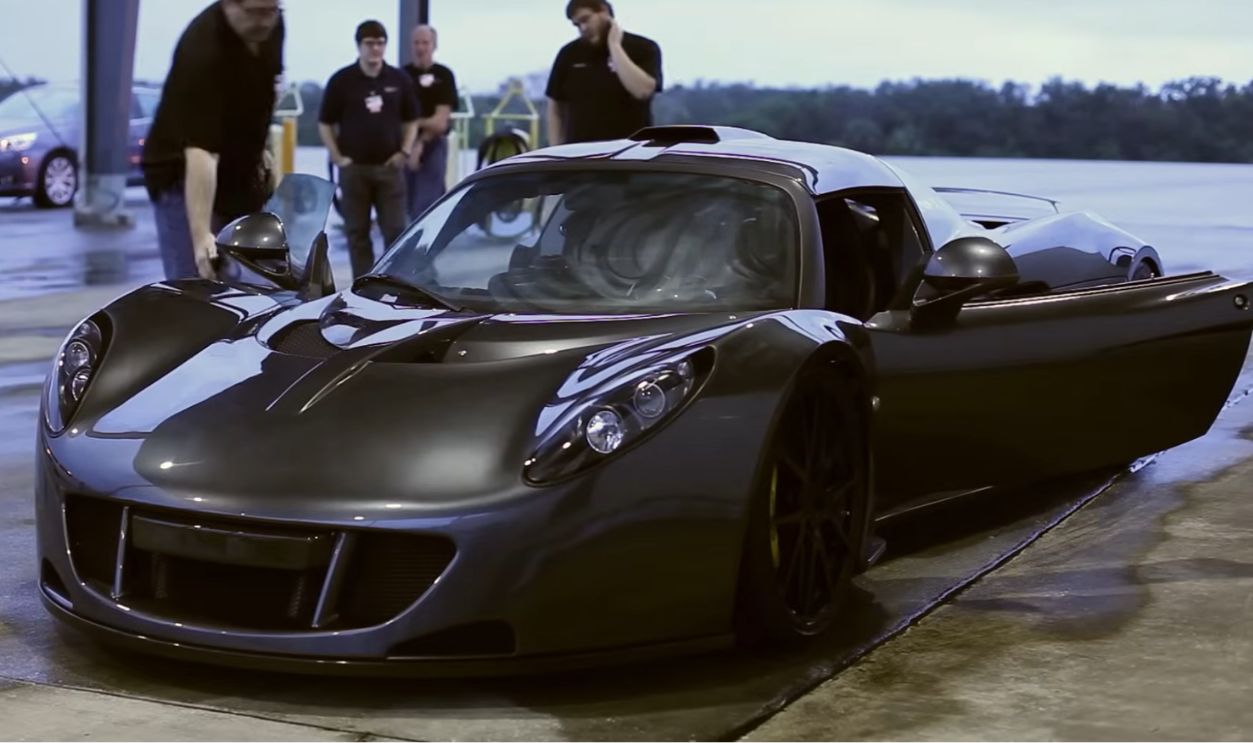 World's Fastest: 270.49 mph Hennessey Venom GT, Hennessey Performance
World's Fastest: 270.49 mph Hennessey Venom GT, Hennessey Performance
Hennessey Venom GT (Cont'd)
The Venom GT was proof that a small, independent constructor could design a car that could compete with Bugatti and Koenigsegg. It was, also, a rebellious statement of American engineering: uncomplicated, high-powered, and unabashedly speed-focused.
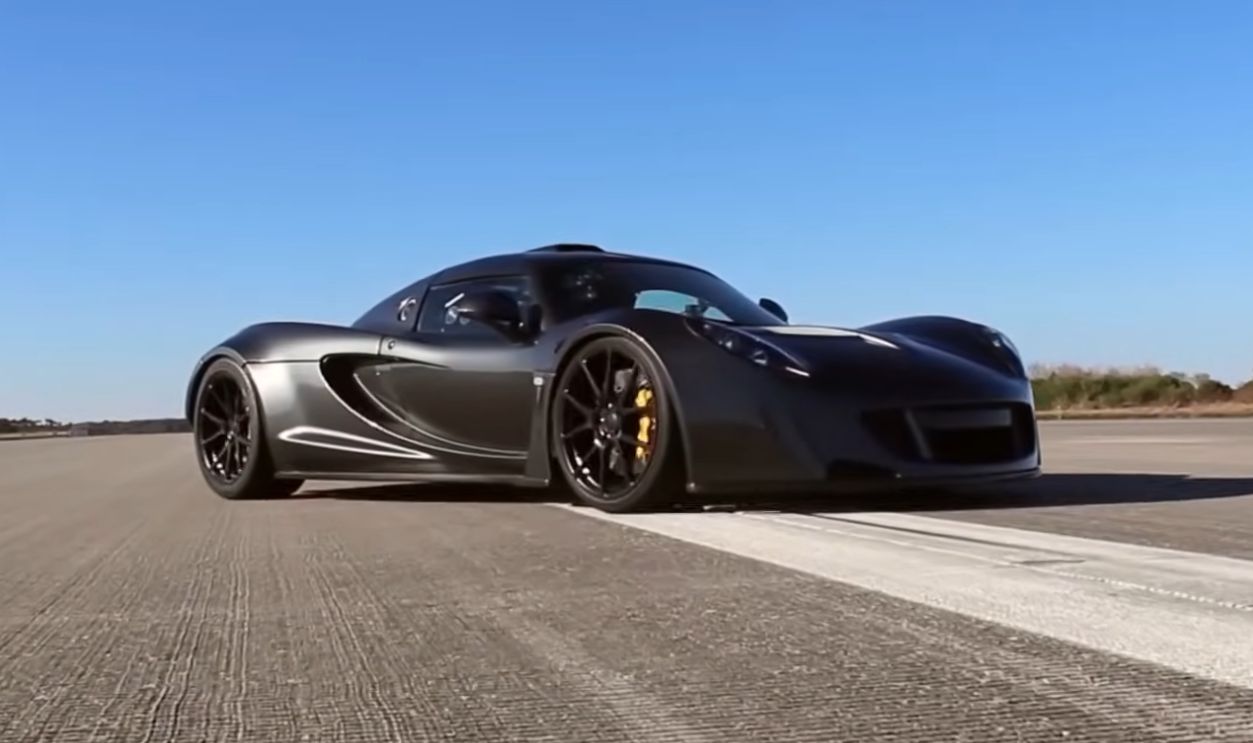 World's Fastest: 270.49 mph Hennessey Venom GT, Hennessey Performance
World's Fastest: 270.49 mph Hennessey Venom GT, Hennessey Performance
Ferrari LaFerrari: Hybrid Hypercar Benchmark (2013)
When Ferrari entered the hybrid hypercar market in 2013, they did it in true Ferrari fashion, by building something outstanding. LaFerrari combined a 6.3-liter V12 with an electric motor to produce 950 horses. It lapped a then-record 0–186 mph (0–300 km/h) time of 15 seconds, placing its contemporaries, the McLaren P1 and Porsche 918 Spyder, in the dust when it came to acceleration.
Ferrari LaFerrari (Cont'd)
The LaFerrari redefined what a Ferrari would be in the future with electrification. It showed that hybrids could improve performance without diluting the character of a supercar—something few have done so eloquently.
SSC Tuatara: Speed Controversy (2020)
In 2020, SSC North America announced their Tuatara hit an unimaginable 331 mph (532 km/h). The record was greeted by massive controversy, with experts doubting the numbers. A following confirmed run still hit an incredible 282.9 mph (455.3 km/h), placing as one of the quickest confirmed production vehicles out there. The Tuatara sports a twin-turbo 5.9-liter V8 and produces up to 1,750 horsepower on E85 fuel. The drag coefficient of its aerodynamically styled, alien-like body is a mere 0.279.
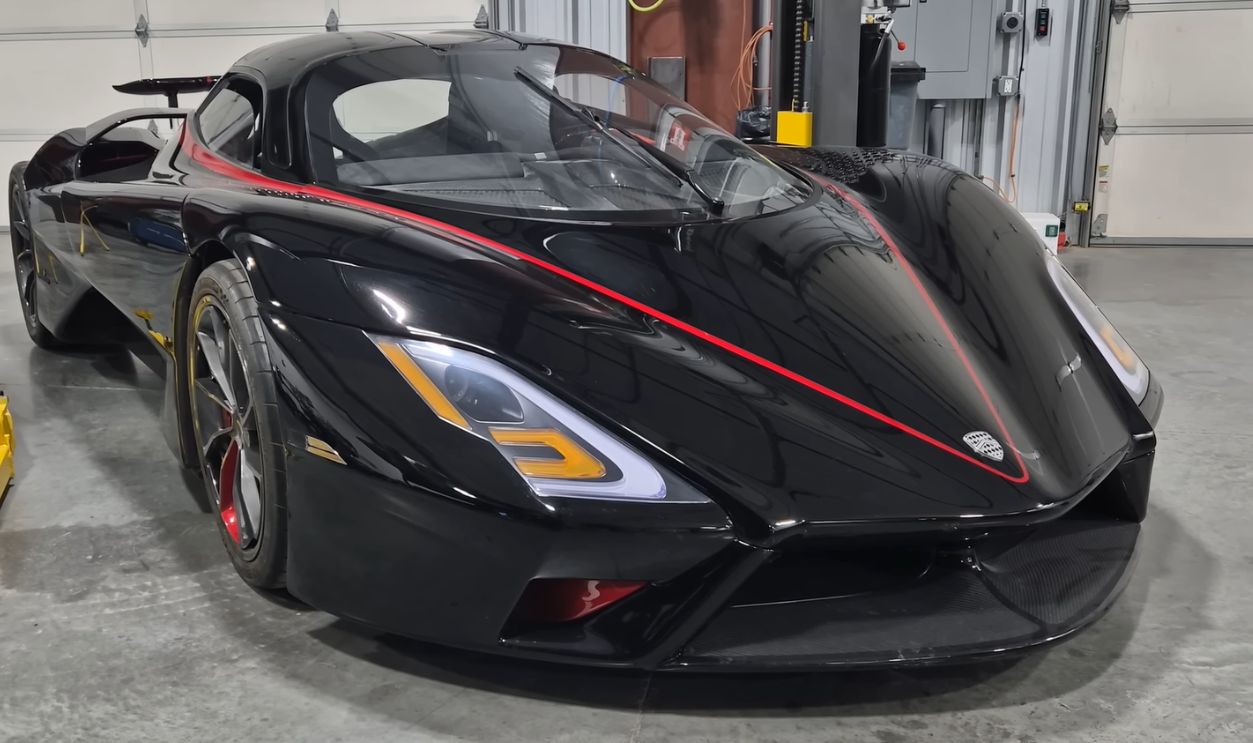 SSC TUATARA FULL STORY! Exclusive Factory Tour with Jerod Shelby, Shmee150
SSC TUATARA FULL STORY! Exclusive Factory Tour with Jerod Shelby, Shmee150
SSC Tuatara (Cont'd)
Despite the controversy, the Tuatara proved to the world that America had the capability to produce a hypercar to compete on the global front. It also raised questions about the validation of speed records—questions that can alter future efforts at such records.
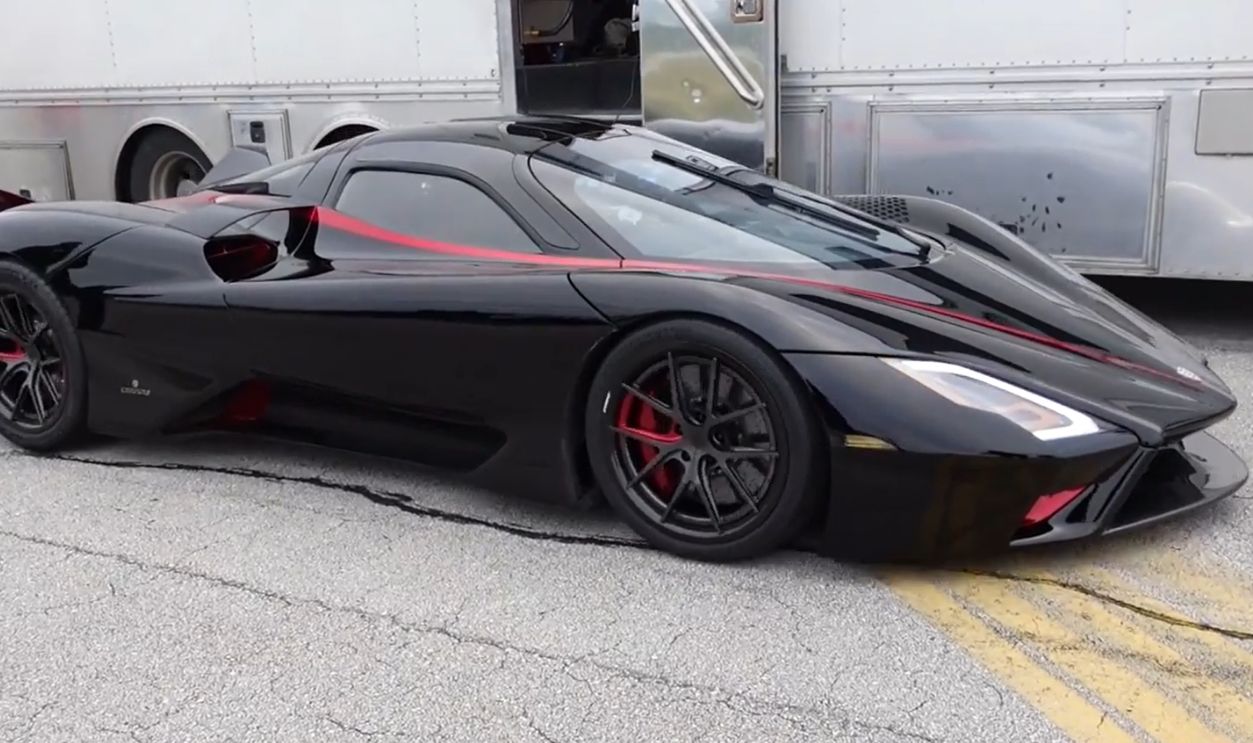 SSC Tuatara Sets NEW WORLD RECORD! Controversy Closed at 282.9mph, Shmee150
SSC Tuatara Sets NEW WORLD RECORD! Controversy Closed at 282.9mph, Shmee150
The Endless Race
From the McLaren F1’s elegant minimalism to the Rimac Nevera’s electric dominance, each of these cars has rewritten the rules in its own way. And the best part? The race isn’t over. As technology advances, we can expect even more outrageous records to fall—and more jaw-dropping machines to take their place in the history books.
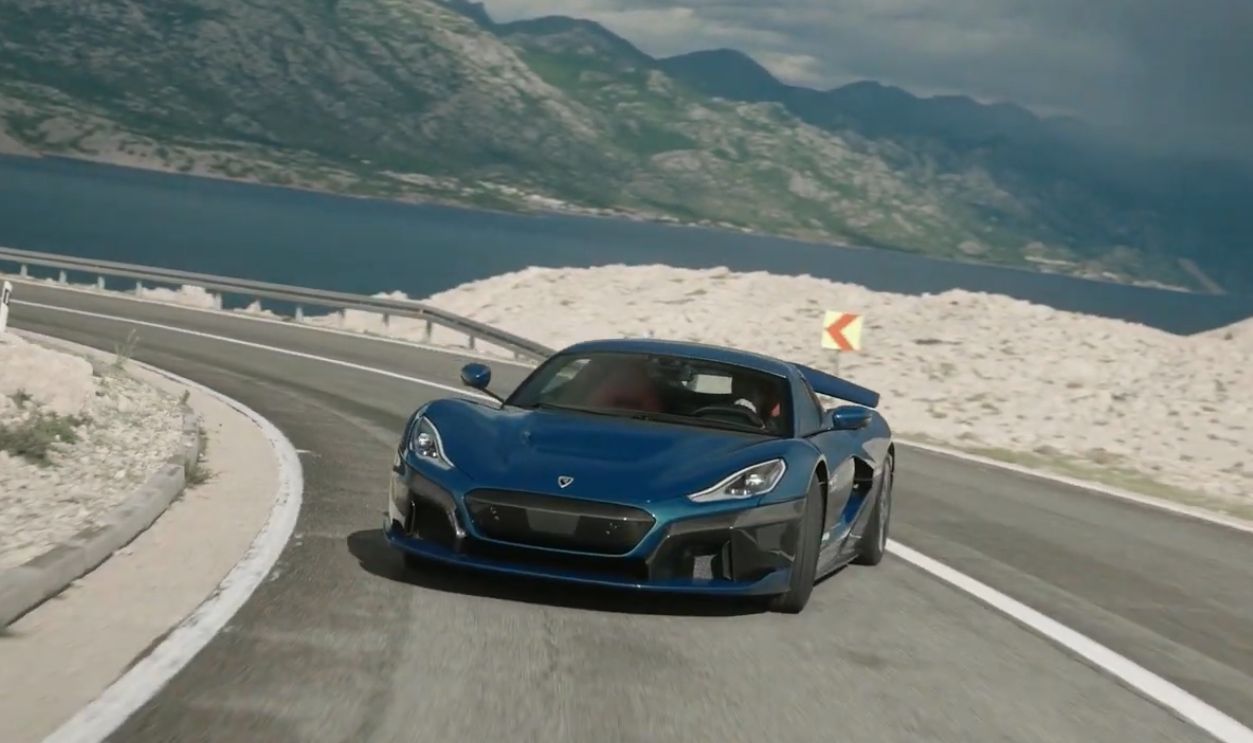 2022 Rimac Nevera – a $2 4 m, 1,914 hp, 258 mph Electric Hypercar, 4Drive Time
2022 Rimac Nevera – a $2 4 m, 1,914 hp, 258 mph Electric Hypercar, 4Drive Time
You May Also Like:
The Best Supercars With Gullwing, Scissor, And Butterfly Doors, Ranked
Promising Supercars That Were All Bark & No Bite

